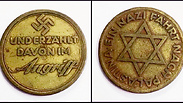
‘A Nazi travels to Palestine’: A swastika and Star of David on one coin
The unique, juxtaposing coin, sold in a recent Israeli auction, contains the remarkable story about an unlikely friendship between two Germans—a Jew and a Nazi—and about the forgotten moment in history when it might have still been possible to save the Jews of Europe from extermination.
They included an oil painting created at the Theresienstadt concentration camp, a prayer for the Jews of Europe composed by then-Chief Rabbi Isaac Herzog, and documents related to the murder of Rudolf Israel Kastner.
The most unique item, however, was a small brass coin—just 3.5 centimeters in diameter. One side of the coin features a Star of David surrounded by a caption in German. The other side is engraved with a swastika, the Nazi party’s symbol.
At the end of a bidding battle, the unique coin was sold for $850 to a Jewish American collector, whose identity was kept secret.
“The people who competed for the medallion didn’t do it for financial reasons,” says Anat Katz-Harari, the owner of the collectors’ house, who organized the online auction. “But they did seem very insistent, unwilling to give up, and kept raising the price. In my opinion, it’s completely emotional. They wanted the medallion because they feel connected to its story.”
The news about the coin with the spine-tingling combination between a Star of David and a swastika stirred a row in certain circles. Jewish American blogger Richard Silverstein, for example, implied on Facebook that the coin was proof of the cooperation between Zionism and Nazism, which he said was being silenced and denied. Others saw it as blasphemy.
The real story behind this unbelievable collector’s item, however, seems to be a reflection of a forgotten moment in history when it might have still been possible to save the Jews of Europe from extermination. It’s also a story about a government mouthpiece, which was backed by one of the most successful propagandists in history, Joseph Goebbels. Above all, it’s a story about a brave friendship between two Germans—a Jew and a Nazi.
In a car from Germany to Palestine
It may be slightly difficult to understand today, but in the beginning of the Nazi rule in Germany, way before anyone could have imagined the horrors that would be committed by the German people, there were some Zionist Jews who saw Hitler’s political doctrine as an advantage. The Nazis didn’t conceal their desire to get rid of Germany’s Jews, and some Zionists saw it as an opportunity to boost the rate of Jewish immigration from Germany to the Briths Mandate of Palestine, Land of Israel. One of them was Dr. Kurt Tuchler, a German Jewish judge and an active member of the Zionist Federation of Germany.
Even before Adolf Hitler was named chancellor, the Federation decided to contact Nazi Party officials who they thought might support the Zionist goal. Tuchler turned to Leopold von Mildenstein, who was in charge of the Jewish Desk at the in the security service of the SS and was known for his journalistic writing.
“In those years, Mildenstein became famous for his travel stories,” says filmmaker Arnon Goldfinger, Tuchler’s grandson.
Tuchler sought to join Mildenstein on a trip to the Land of Israel, which was still under British rule at the time, in a bid to suggest the place as an attractive destination for Jews. “He wanted to keep him company and influence him to write his travel story from a Zionist perspective,” Goldfinger explains. “He saw it as a mission.”
And so in the spring of 1933, Tuchler and Mildenstein got in a car with their wives (who were both called Gerda) and embarked on a journey from Germany to the Land of Israel.
Mildenstein returned from Palestine excited by what he saw. In his writings, he described how Jews were working the land, drying up swamps and fulfilling the Zionist idea, and praised Zionism for benefitting both the Jews and the world.
The Reich’s minister of propaganda, Joseph Goebbels, was also very keen about the narrative presented by Mildenstein. As horrible and unbelievable as it may seem from our perspective, the story Mildenstein brought from Palestine matched not only the Zionist stance but also the Nazi one. The bottom line of his articles was clear: Zionism is a way of solving Germany’s “Jewish problem.”
Goebbels used Nazi mouthpiece Der Angriff ("The Attack" in English), which he had set up in 1927, to convey this insight to the Germans. In 1934, the newspaper published a series of 12 articles by Mildenstein titled “A Nazi travels to Palestine.” Goebbels likely saw the series as his newspaper’s flagship project, using it as a means of advertising.
As part of the project, the Nazi Party produced a series of small brass coins. One side of the coins featured a Star of David with the caption “A Nazi travels to Palestine,” and the other side featured a swastika with the newspaper’s name, Angriff. These coins, used to promote the “Zionist” articles from the Land of Israel, were given as a free gift to anyone who purchased a subscription for the mouthpiece. “A sort of sales promotion,” Goldfinger explains.
Ladany believes the coin represents a missed opportunity. “Mildenstein’s series of articles described the Jewish Yishuv in bright colors. He wrote about the establishment of Jewish life here, about the institutions being built, etc. The Nazis wanted to encourage the Jews to leave Germany. In the beginning, they didn’t necessarily want to get rid of the Jews through extermination, as they did later on. Today we know that if more Jews had immigrated from Germany at the time, the majority of German Jews may have survived.”
It’s unclear how many of these coins were produced, but today we know that only few of them survived. Goldfinger himself, who dealt with the Tuchler-Mildenstein story in his award-winning feature documentary film “The Flat,” has one of the coins. The film was born after Goldfinger’s grandmother, Greda Tuchler, died and her family was surprised to find a Nazi newspaper in her apartment—the same newspaper that had published Mildenstein’s articles. Gildfinger’s research revealed that his grandparents had kept in touch with the Mildensteins, even after the Holocaust.A missed opportunity
“It’s
very hard for us to understand, because we know history,” Goldfinger
explains. “But my grandfather and Mildenstein were both Germans from a
pretty close socioeconomic class, they were both openminded, and after
their journey together they became good friends. They developed a shared
language, largely thanks to their wives, and remained good friends.
Goldfinger is one of the few people in the world who owns the “A Nazi travels to Palestine” coin. “I was shocked by the existence of such a medallion, and then I ended up buying one myself in an online auction,” he says, refusing to reveal how much he paid for it.
Another person who owns one of these coins is Professor Shaul
Ladany, a Holocaust survivor, racewalker and two-time Olympian who
survived the Munich massacre. Ladany, a passionate collector of
medallions related to the Land of Israel, says he searched for years for
the specific medallion combining a Star of David and a swastika.
"The Land of Israel" means the land WHERE the tribe of Israel lived or inhabited, but not the ENTIRE LAND OF PALESTINE!
NAZI" was a derogatory term for members of the National Socialist German Workers' Party (German: Nationalsozialistische Deutsche Arbeiterpartei) - NSDAP
The Haavara Agreement (Hebrew: הֶסְכֵּם הַעֲבָרָה Translit.: heskem haavara Translated: "transfer agreement") was an agreement between Nazi Germany and Zionist German Jews signed on 25 August 1933. The agreement was finalized after three months of talks by the Zionist Federation of Germany, the Anglo-Palestine Bank (under the directive of the Jewish Agency) and the economic authorities of Nazi Germany. It was a major factor in making possible the migration of approximately 60,000 German Jews to Palestine in 1933–1939.[1]
The agreement enabled Jews fleeing persecution under the new Nazi regime to transfer some portion of their assets to British Mandatory Palestine.[2] Emigrants sold their assets in Germany to pay for essential goods (manufactured in Germany) to be shipped to Mandatory Palestine.[3][4] The agreement was controversial and was criticised by many Jewish leaders both within the Zionist movement (such as the Revisionist Zionist leader Ze'ev Jabotinsky) and outside it, as well as by members of both the NSDAP (Nazi Party) and the German public.[4] For German Jews, the agreement offered a way to leave an increasingly hostile environment in Germany; for the Yishuv, the new Jewish community in Palestine, it offered access to both immigrant labour and economic support; for the Germans it facilitated the emigration of German Jews while breaking the anti-Nazi boycott of 1933, which had mass support among European Jews and was thought by the German state to be a potential threat to the German economy.
THE TRANSFER AGREEMENT WAS BETWEEN ENGLAND, GERMANY AND THE ZIONIST INVADERS AND TERRORISTS FINANCED BY THE ROTHSCHILDS!
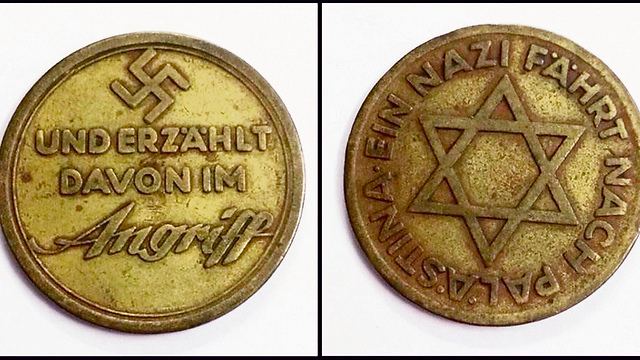

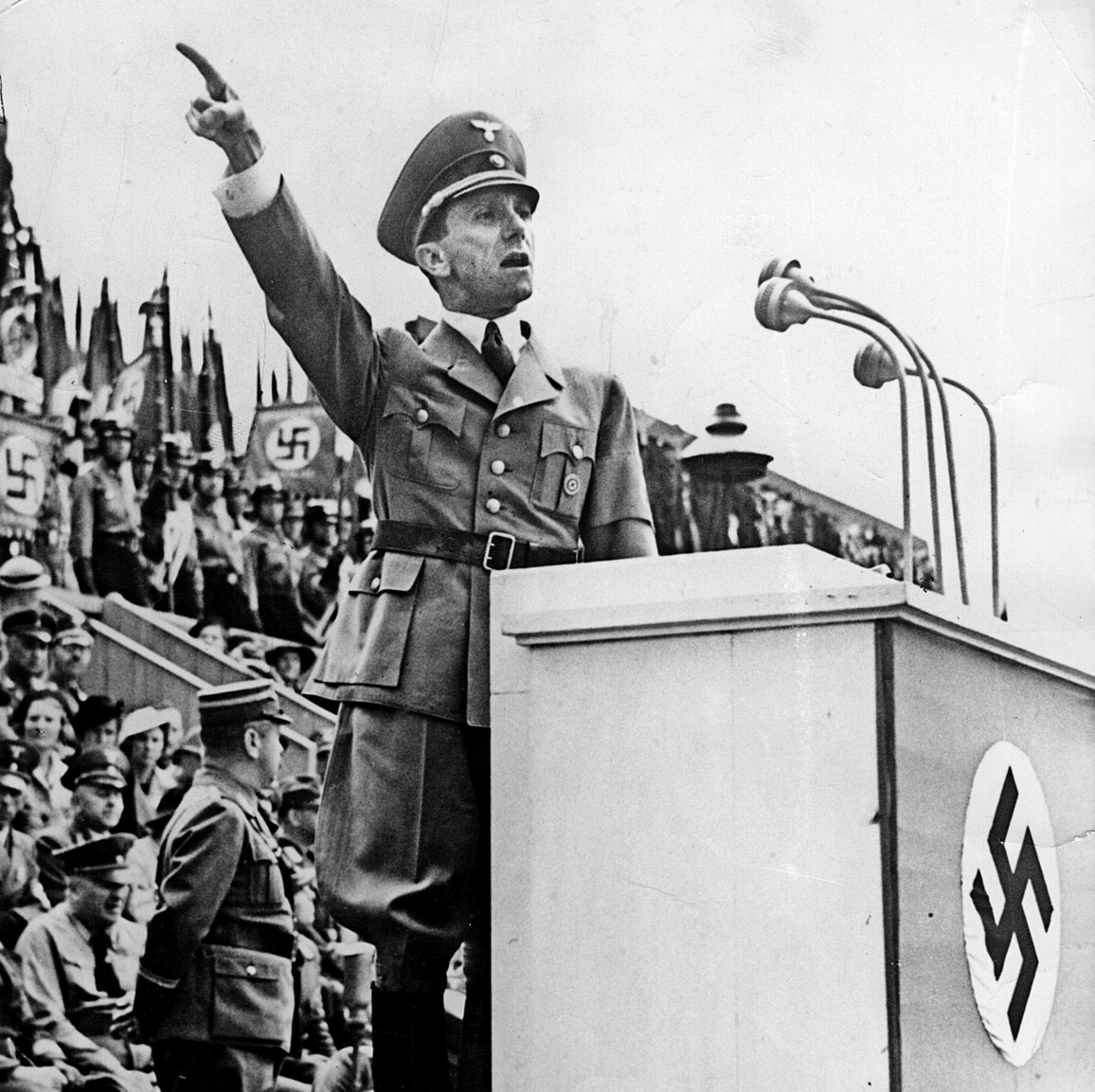
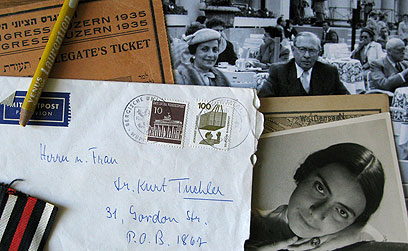
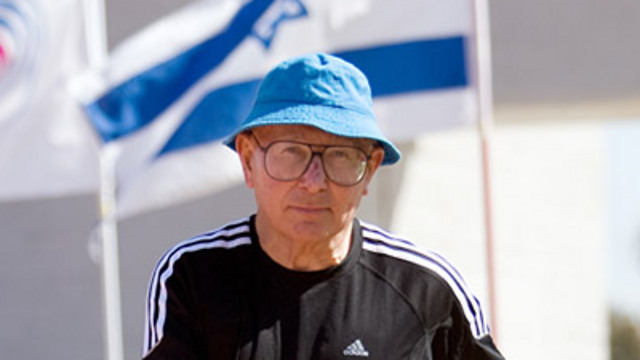
No comments:
Post a Comment